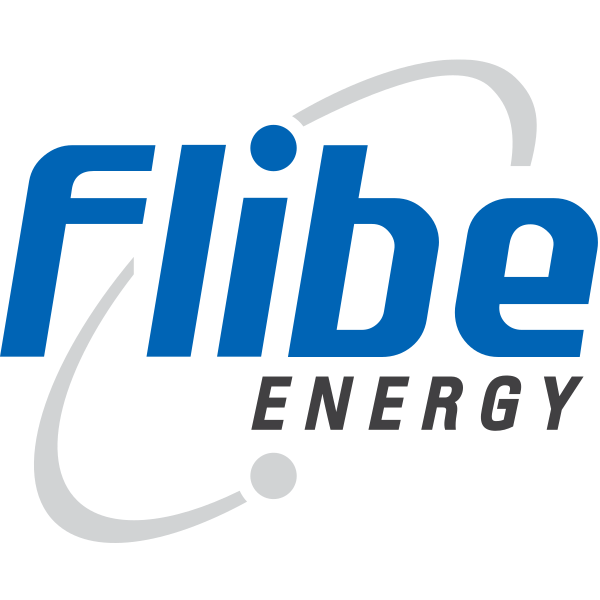On Monday 17 June 2024, Mr. Kirk Sorensen, FEI’s President and Chief Technologist, presented a technical talk to the DoD Nuclear Power Community of Interest, sponsored by Nuclear Power Branch, Office of the Chief of Engineers HQDA. He covered both the benefits of thorium and its unique value it brings to Army installations, as well as FEI’s LEU fueled variant.
Below are a few highlights from the presentation.
“Why should you think about a molten-salt reactor as a base power source? More specifically, why should you think about a liquid-fluoride, thermal-neutron-spectrum molten-salt reactor? Because first of all, it has outstanding potential for safety. Secondly, it has the potential for high performance, both in terms of thermal efficiency and in terms of fuel utilization. Thirdly, it is going to be the most affordable reactor to develop of all the types out there for a number of reasons. Finally, it has a fuel form that is the most compatible with the current fuel supply.”
Mr. Sorensen went on to further discuss the incredible safety of a molten-salt reactors compared to alternative designs.
“The fuel salt mixture is just amazing for several reasons. It is incredibly chemically stable, which means that it can operate at the high temperatures needed to generate electricity without operating at high pressure. Let me say that again, it doesn’t operate at high pressure. That means that there’s no driving force trying to force nuclear fuel out of the reactor. That’s so different than reactors that use pressurized water or high-pressure gas as coolants. In those kind of reactors you are operating at pressures that are akin to being a mile underwater, pressures that require super-thick, super-strong pressure vessels. Every weld and every joint must be flawless. Often the reactor’s fuel cannot survive a loss of pressure in those cases. This is totally different. This is a reactor where you could proverbially unscrew the lid and everything would be just fine.”
He also spoke about fuel availability and the need for an affordable domestic fuel supply.
“Fuel availability is another tremendous strength of this design. We have heard a lot in the last few years about uranium enriched to about 20 percent, called HALEU, and how nearly all of the new small modular reactor designs need this stuff. This one doesn’t; it can run on the grade of low-enriched uranium that is commercially available, and that’s a very big deal because HALEU was going to be supplied by Russian enrichment services until they invaded Ukraine. The US and western allies didn’t have the technical capability to make this stuff [in sufficient quantities], and despite all the hype around HALEU over the last few years, our ability to produce this material will be severely limited. Most other reactor designs need HALEU because they either need a fast-neutron spectrum or because they manufacture very, very expensive TRISO fuel. We don’t do either of those.”
Mr. Sorensen also discussed how a molten-salt reactor is optimized for providing grid-following energy production.
“With an sCO2 [supercritical carbon dioxide] engine coupled to a liquid-fluoride reactor, we can produce electrical power at nearly fifty percent efficiency, and you mechanical engineers will know that that’s pretty incredible. This is what high temperatures can give you, that higher conversion efficiency you crave. Furthermore, the sCO2 engine operates at a single phase, and this has important benefits for smooth reactor control. It’s easy to think that the reactor controls the engine but it’s really the other way around. The grid demands are felt by the electrical generator, which is on the same mechanical shaft as the compressor and turbine. The turbine feels the load of the grid on that shaft and that load, or the changes in that load, are communicated back to the reactor by temperature changes, first in the CO2 coolant, and ultimately in the temperature of the salt. The reactor feels the load of the grid as the salt enters the core a little hotter or a little cooler than normal. And here’s another amazing property of the reactor. Because the fuel is dissolved in the salt, and because the salt expands or contracts depending on temperature, the reactor inherently responds to changes in the load without any operator intervention.”
For any questions or to request a full transcript of Mr. Sorensen’s presentation, contact info@flibe.com.


